Apple Announces iPhone 6 and iPhone 6 Plus; Available September 19th
by Joshua Ho on September 9, 2014 1:30 PM EST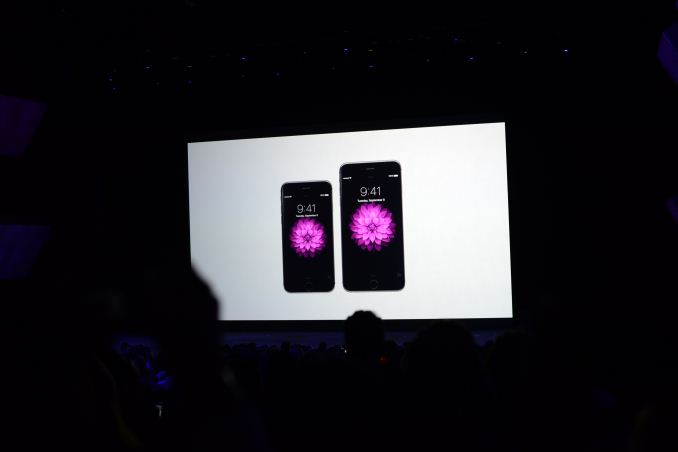
Today, Apple is launching the new iPhone 6 and iPhone 6 Plus. One of first changes is that the new iPhone 6 has a 4.7" 1334x750 display, and the iPhone 6 Plus has a 5.5" 1920x1080 (1080p) display. The thickness of of the 4.7" model is 6.6mm and the 5.5" model is 7.1mm.
The displays will have higher contrast, better peak brightness, and better viewing angles according to Apple. This suggests that the iPhone display has a chevron shape to its subpixels to improve viewing angles. The glass also has a 2.5D curve similar to the HTC One X and Samsung Galaxy S3 for a smooth feel when swiping off the edge of the phone.
iOS is also adapted to the new larger iPhone 6 Plus' display by adding landscape views for many native applications that are two pane. In addition, in order to work with the differing resolutions Apple has added a "desktop-class scaler" to avoid incompability issues with applications that aren't aware of the new displays. This in turn implies that Apple is not doing integer scaling/doubling in all cases, and that we'll see fractional scaling used. These displays are known as Retina HD. There's also a one-hand mode for the iPhone 6 Plus in order to deal with the larger display size.
The new A8 powers both of these iPhones, and has 2B transistors compared to 1B the A7. It's also built on 20nm but it's unclear whether this is TSMC, Samsung, or both.
Apple also claims 25% higher CPU performance on the A8 and is also emphasizing that this new SoC can do better sustained performance over time compared against other smartphones. The GPU is supposed to be a GX6650.
Image Courtesy Engadget
Apple is also emphasizing that battery life on the iPhone 6 and how it compares to the iPhone 5s. WiFi browsing battery life is slightly increased over the 5s while LTE browsing battery life is unchanged, meanwhile the iPhone 6 Plus improves to 12 hours for both WiFi and LTE.
There's also a new M8 coprocessor which makes use of a new barometer sensor to measure relative air pressure and compute distance and elevation for better fitness tracking, which is used for the health application in iOS 8.
Apple is also finally introducing MDM9x25 with carrier aggregation and VoLTE. This means that there's a dual transceiver solution in the iPhone 6 devices. On the same line, Apple is finally adding 802.11ac to its smartphones and has worked on enabling seamless WiFi calling that goes from WiFi to cellular networks.
On the camera side, we see a new 8MP sensor which adds phase detection auto focus for faster autofocus, which is touted to be able to focus at up to 2x speed. There's also better local tone map and better noise reduction in addition to the PDAF system that was first seen in the Samsung Galaxy S5. Panoramas can now be up to 43MP in total resolution and a better gyroscope reduces stitching errors.
There's a brand new ISP in the A8 SoC as well, which is likely to be named the H7 ISP if we follow from the A7. Furthermore there's one feature that the iPhone 6 Plus does have that the iPhone 6 doesn't have for the camera, which is optical image stabilization (OIS) to reduce shaking. It appears that the entire module is floating instead of just a VCM-based lens stabilization system. There's also a timelapse feature. The PDAF also helps with continuous AF in video that avoids all of the breathing effects that come with conventional contrast-based focus.
The front facing camera also has a better sensor, f/2.2 aperture, single photo HDR, HDR video, and burst shot on the front facing camera.
Both will launch with iOS 8, which has QuickType that we've talked about at the WWDC keynote in addition to Extensibility which allows for TouchID auth in third party apps.
Also new to the iPhone 6 family is Near Field Communication (NFC) hardware, which is being used to power Apple's new payment system, Apple Pay. The iPhone 6 family utilizes an encrypted secure element (likely on the NFC chip itself) and credit cards are added through Passbook and validation for a purchase can be done using TouchID.
Apple has reassured security concerns by saying that Apple cannot know what is purchased and the cashier cannot see the credit card number or any information to ensure security. Online payment is also handled by Apple Pay which is a one-touch solution using TouchID and one time number from the secure element. Groupon, Uber, Target, Panera, MLB, and Apple store applications are all already supporting this system. Another example cited was OpenTable which allows for one to pay for a dinner check through an app. The system launches in the US in October as an update and will have an API open to all developers to implement in their applications.
| Apple iPhone 5s | Apple iPhone 6 | Apple iPhone 6 Plus | |
| SoC | Apple A7 | Apple A8 | Apple A8 |
| Display | 4-inch 1136 x 640 LCD | 4.7-inch 1334 x 750 LCD | 5.5-inch 1920 x 1080 LCD |
| WiFi | 2.4/5GHz 802.11a/b/g/n, BT 4.0 | 2.4/5GHz 802.11a/b/g/n/ac, single stream, BT 4.0, NFC | |
| Storage | 16GB/32GB/64GB | 16GB/64GB/128GB | 16GB/64GB/128GB |
| I/O | Lightning connector, 3.5mm headphone | ||
| Size / Mass | 123.8 x 58.6 x 7.6 mm, 112 grams | 138.1 x 67 x 6.9 mm, 129 grams | 158.1 x 77.8 x 7.1 mm, 172 grams |
| Camera |
8MP iSight with 1.5µm pixels Rear Facing + True Tone Flash 1.2MP f/2.4 Front Facing |
8MP iSight with 1.5µm pixels Rear Facing + True Tone Flash 1.2MP f/2.2 Front Facing |
8MP iSight with 1.5µm pixels Rear Facing + True Tone Flash + OIS 1.2MP f/2.2 Front Facing |
| Price | $99 (16GB), $149 (32GB) on 2 year contract | $199 (16GB), $299 (64GB), $399 (128GB) on 2 year contract | $299 (16GB), $399 (64GB), $499 (128GB) on 2 year contract |
There are new silicone and leather cases with gold, silver, and space gray. The iPhone 6 starts at the usual $199 for 16GB, $299 for 64GB and $399 for 128GB. The iPhone 6 Plus comes in the same colors at $299 for 16GB, $399 for 64GB and $499 for 128GB. The iPhone 5s is now $99 on 2 year contrast, and the iPhone 5c is free. The new phone will ship on September 19th and preorders begin on September 12th.


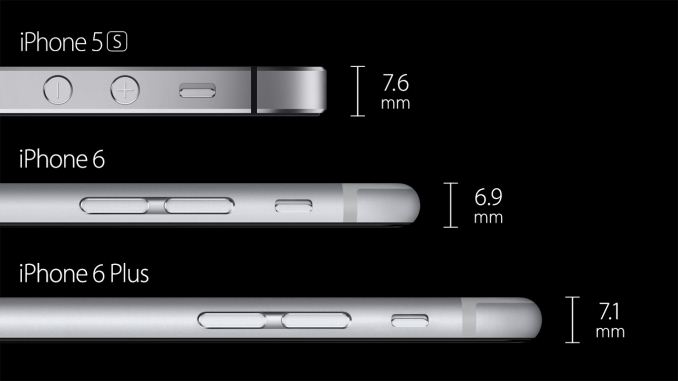
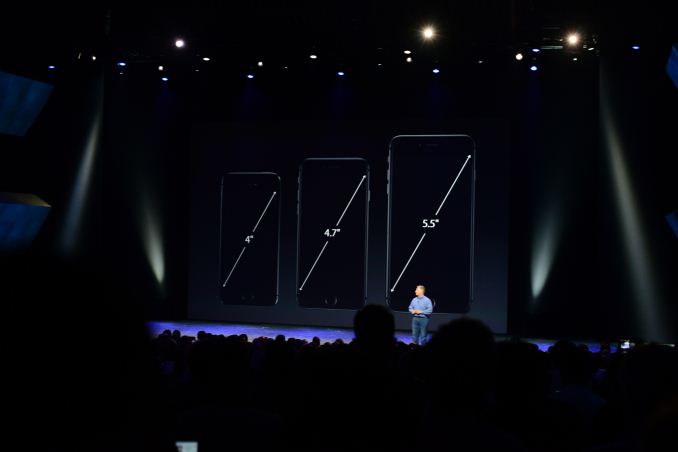
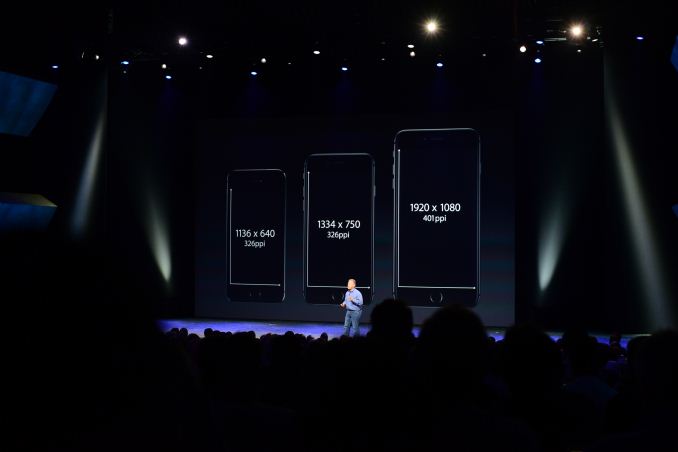
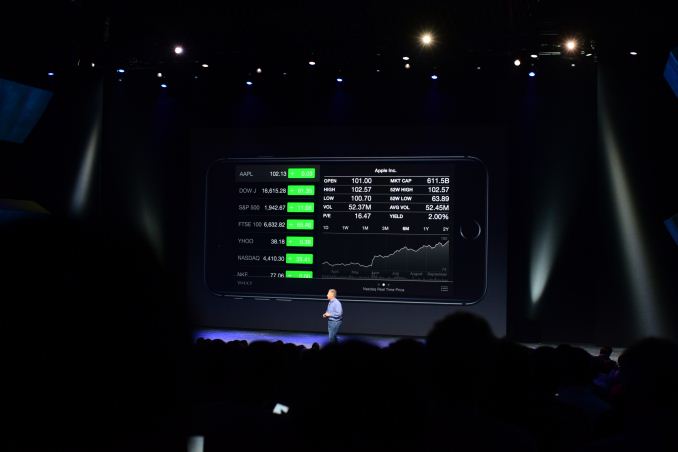
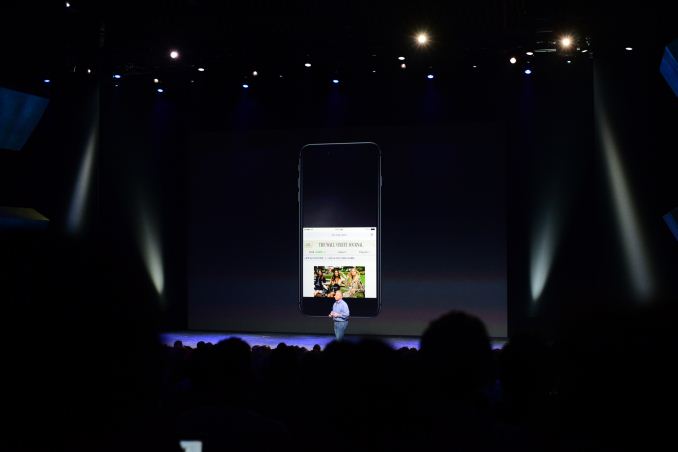
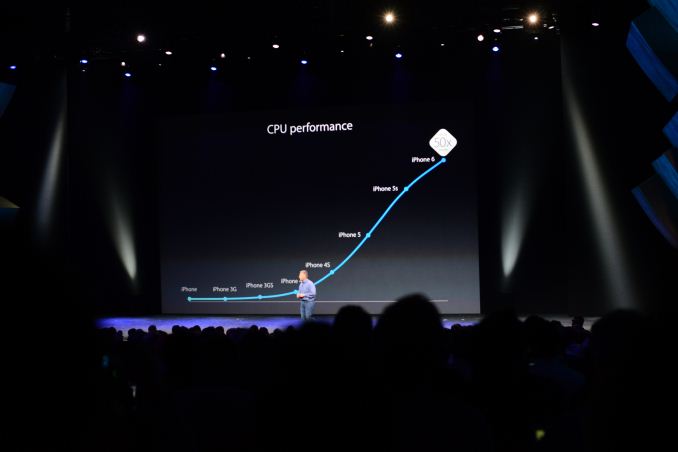
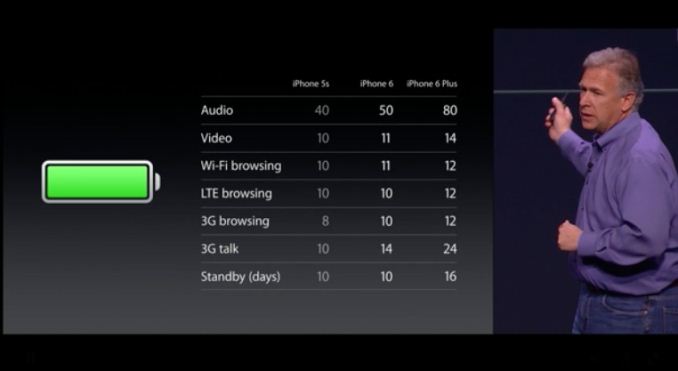
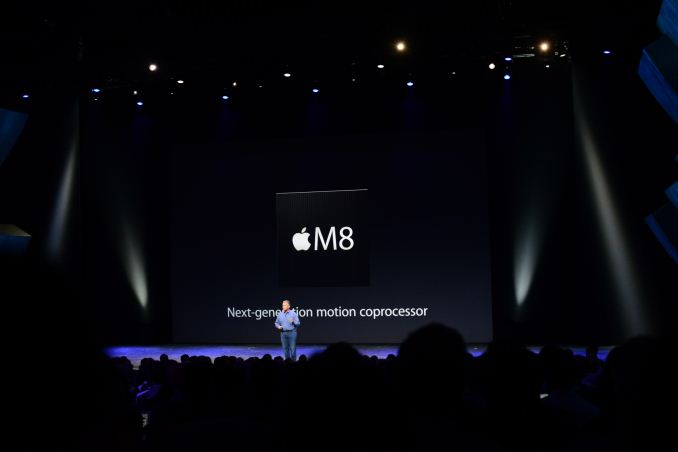
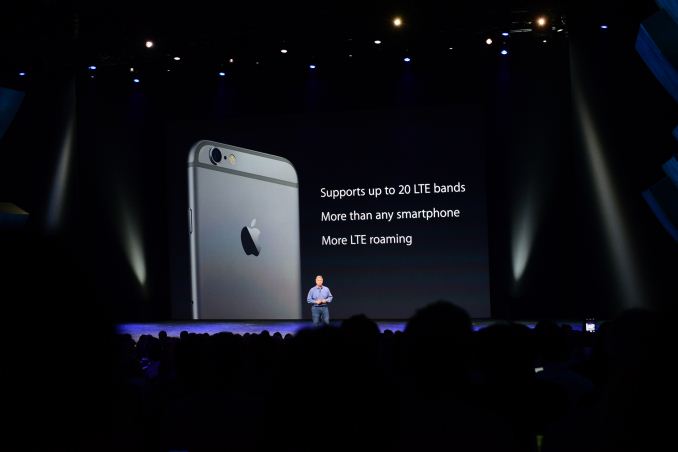


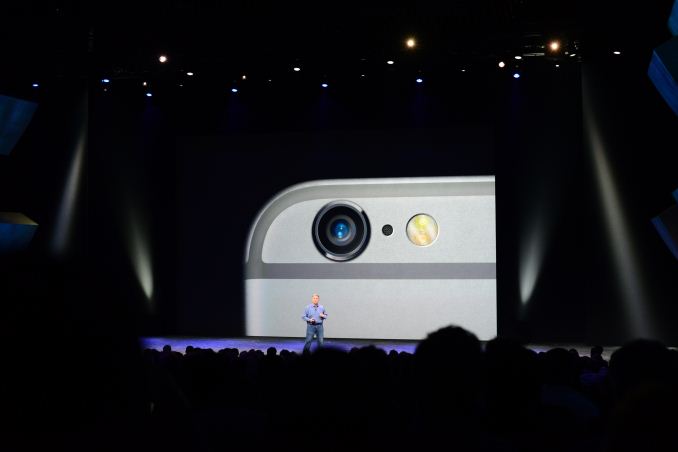
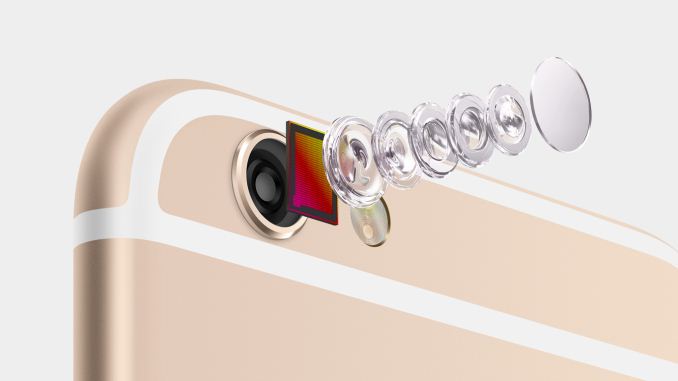
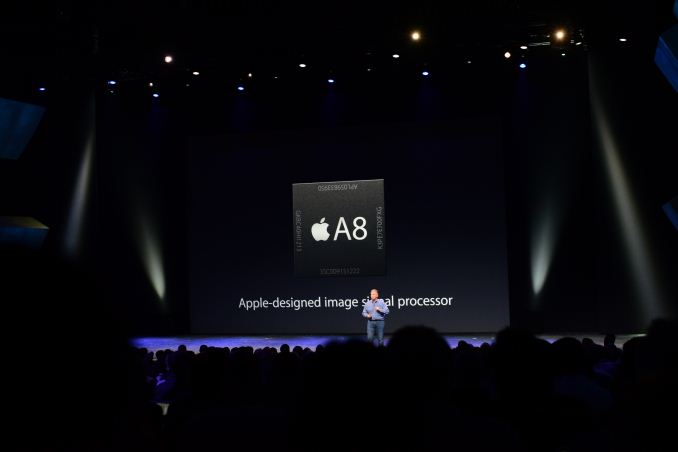
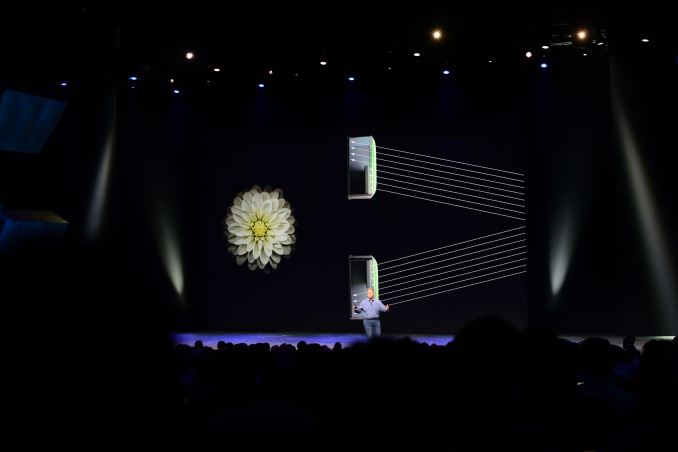
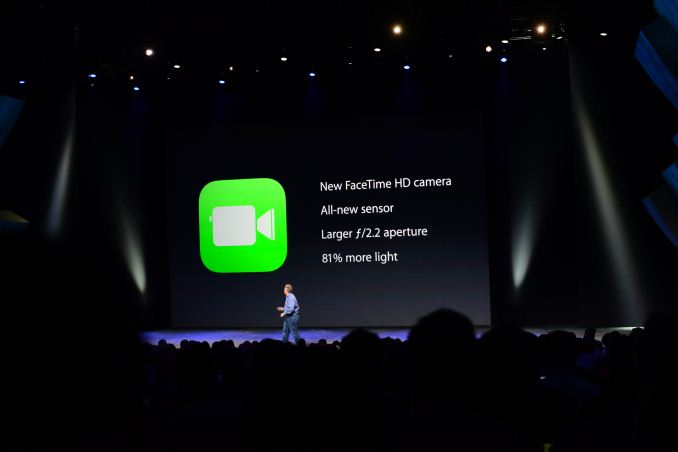
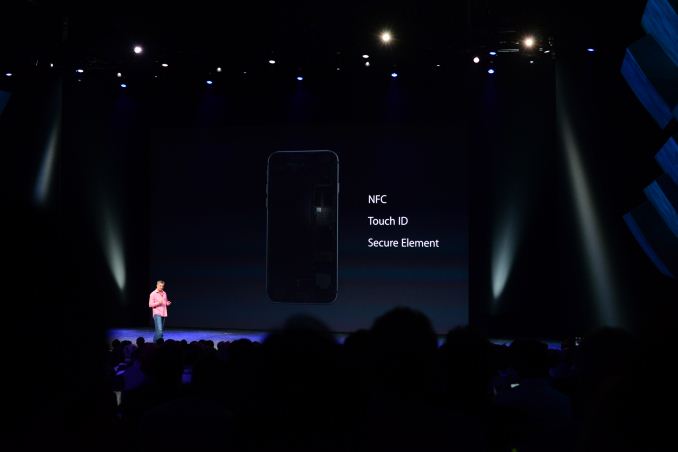
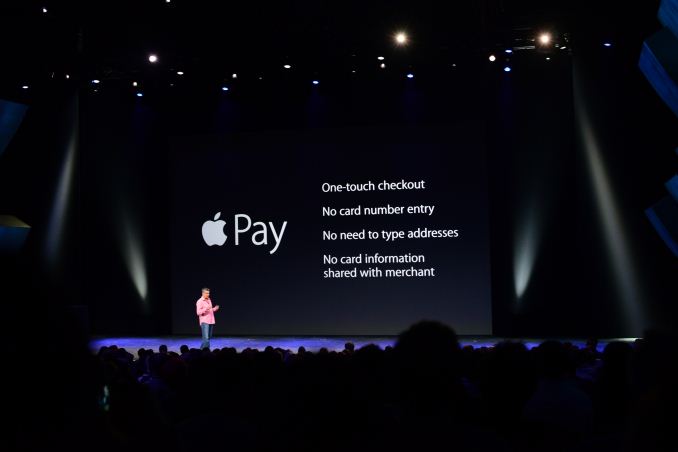
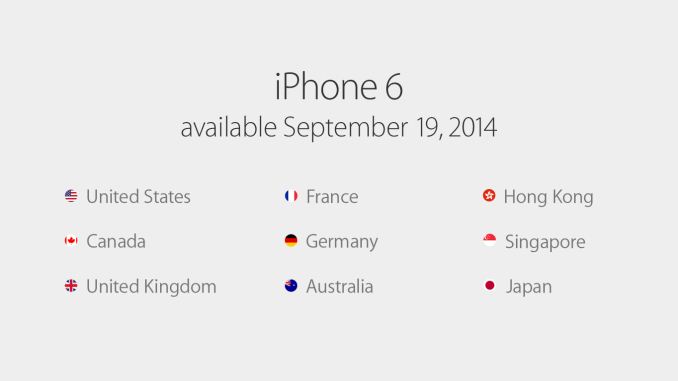








169 Comments
View All Comments
invinciblegod - Tuesday, September 9, 2014 - link
It's $100 for 64GB.Impulses - Tuesday, September 9, 2014 - link
So what you're saying is they're gouging to the tune of $1/GB rather than $3/GB? (assuming it costs them $48 extra rather than $32 extra for the first step up, tho it's probably not even half that) Everybody's doing the same thing, doesn't mean it's right, particularly without expandable storage; and some OEM only change around $50 for the step up. Jumping from 16GB to 64GB is the only thing not making it completely ludicrous, viewed in line with the $100 premium for the larger model.eanazag - Tuesday, September 9, 2014 - link
They're gouging because SSDs are using higher performing flash than the embedded type in the phones. Hence no need for a USB 3 sync cable with your iTunes.azazel1024 - Tuesday, September 9, 2014 - link
SDRAM, yes, flash no. $.25 a gig is likely the high end of what a big manufacturer like Apple is paying. I'd guess closer to $.15-.18 per GB.Lets keep in mind that there are full SSDs marketed for around $100 that are 256GB in capacity now. That includes a controller, DRAM, board, other board components and a casing. Oh and profit margin.
I'd wager a guess the difference between 16GB and 32GB for Apple would likely be less than $3 per phone. Yes times tens of millions that is something...but not much something. Of course, compared to the, likely, millions in lost upgrades from 16GB to 64GB...that is millions times $100...a lot of lost opportunity if folks decided 32GB was "good enough" and didn't opt for the 64GB model.
I wish they'd just go 32GB as an entry level device and budget devices moved up to 16GB from 8GB, but I don't run the world, I only live in it. It is at least nice that the $100 upgrade moves you from 16GB to 64GB now, instead of being $100 for only 16GB of extra storage capacity, even if Apple's profit margin on the jump is something like 20:1
rudolphna - Tuesday, September 9, 2014 - link
>implying that because it's apple somehow 720p is better than 1080The problem is, is that if the 6 wasn't the flagship device, 720 would be fine. But, it IS the flagship device. If an android manufacturer released a 720p flagship device, people would complain massively. The Moto X wasn't even a flagship, and people complained about it's 720 display. "retina" really doesn't mean anything. It's not some special technology. Resolution is resolution, and in my opinion, the standard iphone 6 just does not have enough of it.
Milkman128 - Tuesday, September 9, 2014 - link
the 6+ is 1080P why are you picking on the lowest end possiblebeggerking@yahoo.com - Tuesday, September 9, 2014 - link
because 6 costs 2x more than other flagship devices with at least 1080p resolution released years ago... Nexus 4/5 Note2-3 S4 etc..none of these icrap are flagship devices in comparison to anything on the market.
mcirsta - Tuesday, September 9, 2014 - link
So true, 720p was what the top end Android devices had 2 years ago. Such a phone with Android now costs let's say $300 without a contract but OK let's add a metal case and make it $400 with no contract and I'm being generous here.Apple always had high prices but they had high specs too, in line or even better than everyone else's so I really can't understand this. Some of the iPhone 6 tech is no match for today's Androdi phones and it's still got 1 year ahead of it.
eanazag - Tuesday, September 9, 2014 - link
The flagship is the 6 Plus. All those who would be complaining about resolution are likely going for a larger than 5" screen.zachdatank - Tuesday, September 9, 2014 - link
I disagree with the 6 plus being the flagship. Spec wise yes. 1080p and OIS.However the public perception will be that the 6 is the flagship. It had no suffix. Otherwise it works be the six mini or some variation.